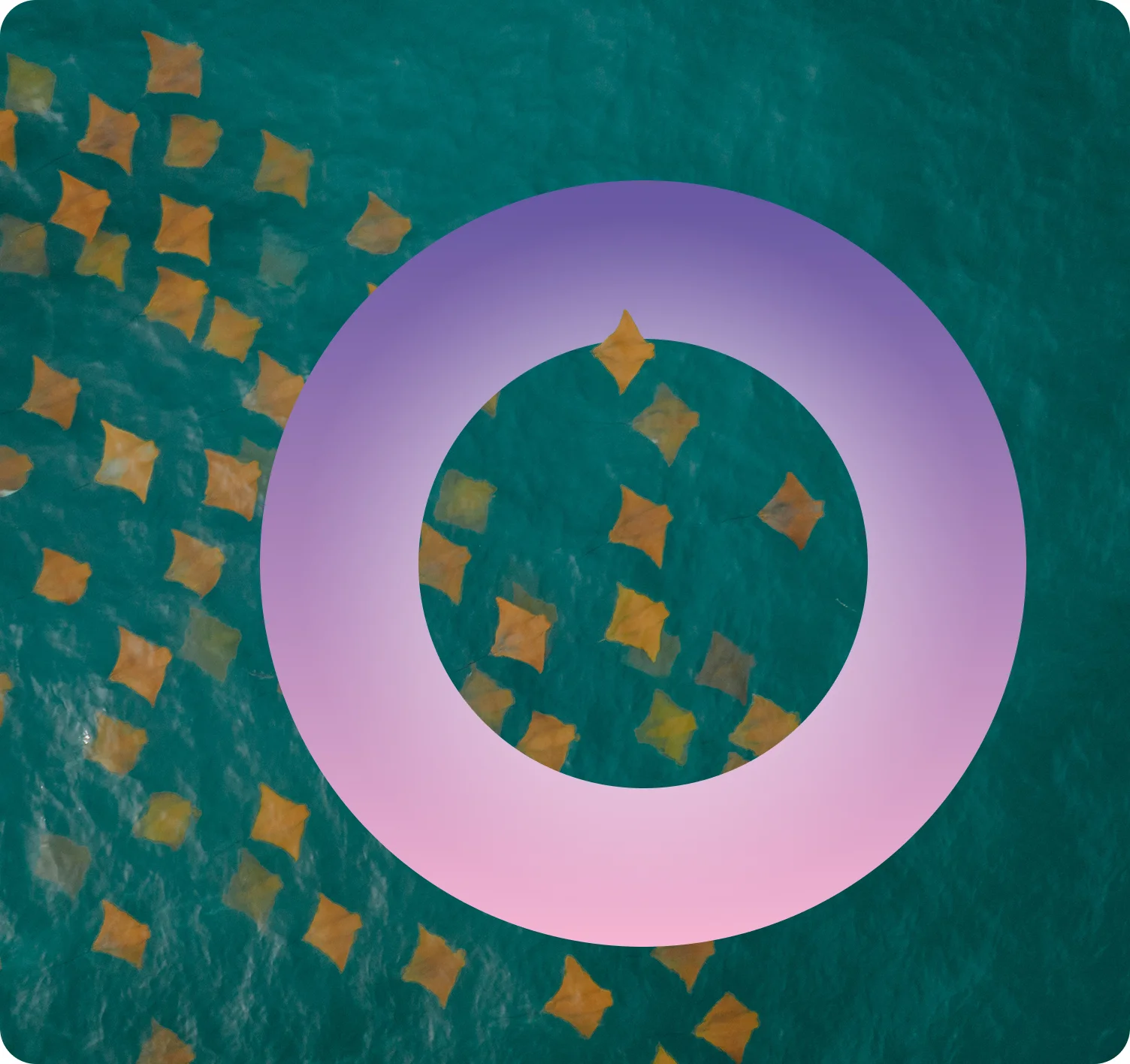Market-based initiatives to protect water and marine ecosystems include:
1
Water usage and quality management:
Monitoring water consumption and ensuring wastewater meets legal and quality standards to prevent contamination.
2
Pollution control:
Reducing harmful chemicals in agriculture and aquaculture, limiting pollutants, and establishing water quality monitoring.
3
Sustainable fishing practices:
Using eco-friendly fishing gear, preventing illegal fishing, and managing fish stocks to avoid overfishing.
4
Habitat conservation:
Protecting coastal and marine habitats from development to support both human and marine life.
5
Ecosystem health monitoring:
Regularly assessing water and marine ecosystem health to guide sustainable management practices.
